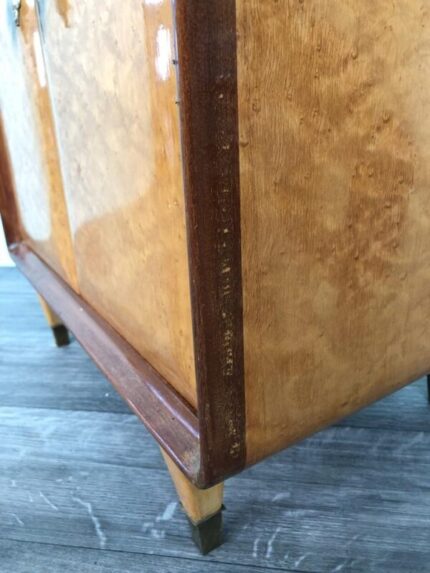————————————————————————————————————-
Objects of folk art are a subset of material culture and include objects which are experienced through the senses, by seeing and touching. Typical for material culture in art, these tangible objects can be handled, repeatedly re-experienced, and sometimes broken. They are considered works of art because of the technical execution of an existing form and design; the skill might be seen in the precision of the form, the surface decoration or in the beauty of the finished product. As a folk art, these objects share several characteristics that distinguish them from other artifacts of material culture.
Folk art objects are usually produced in a one-off production process. Only one object is made at a time, either by hand or in a combination of hand and machine methods, and are not mass-produced. As a result of manual production, individual pieces are considered to be unique and usually can be differentiated from other objects of the same type. In his essay on “Folk Objects”, folklorist Simon Bronner references preindustrial modes of production, but folk art objects continue to be made as unique crafted pieces by folk artisans. “The notion of folk objects tends to emphasize the handmade over machine manufactured. Folk objects imply a mode of production common to preindustrial communal society where knowledge and skills were personal and traditional.” Folk art does not need to be old; it continues to be hand-crafted today in many regions around the world.
-
Similar to:Axel Vervoordt (Artist)
-
Dimensions:Height: 54.73 in (139 cm)Diameter: 10.63 in (27 cm)
-
Sold As:Set of 3
-
Style:Folk Art(In the Style Of)
-
Materials and Techniques:HardwoodHand-CarvedHand-CraftedPatinated
-
Place of Origin:Sweden
-
Period:1790-1799
-
Date of Manufacture:1793
-
Condition:GoodWear consistent with age and use. Minor losses. Minor fading.
-
Seller Location:Forest, BE
-
Reference Number:Seller: LU8186236273112





















































Reviews
There are no reviews yet.